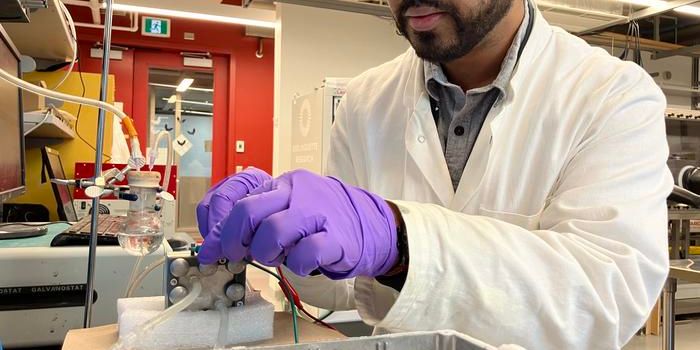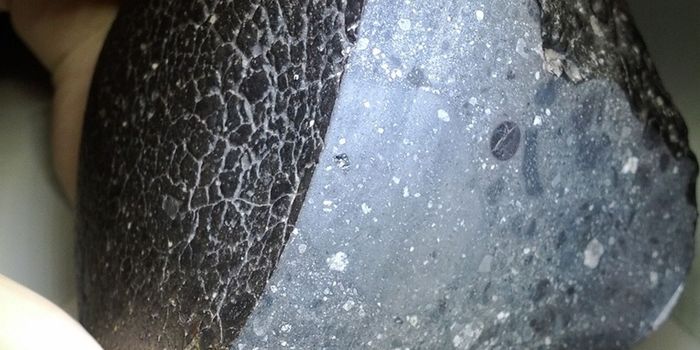Younger exoplanets possibly make better Earth-like planets
Finding another Earth sitting among the vast cosmos has reached a fever pitch, as NASA recently confirmed the existence of more than 5,000 exoplanets, planets that orbit stars other than the Sun, with around 31% being called super-Earths which range in size from Earth to Neptune and are possibly rocky. Scientists have traditionally looked at a star’s habitable zone to find Earth-like planets. This is the area around a star where liquid water can exist on the surface, which is a logical method since Earth lies within our own star’s habitable zone and is teeming with life. However, exoplanets have revealed the Universe is both a weird and wonderful place, showing us that both exoplanets and their respective solar systems sometimes don’t evolve to look like our own.
A recent study published in The Astrophysical Journal Letters has measured the abundance of elements in a star spectroscopically by studying how light interacts with the elements in a star's upper layers. Using these data, scientists can infer what a star's orbiting planets are made of using stellar composition as a rough proxy for its planets. Like Earth, habitable planets need to have temperate climates to support life, which need to have sufficient heat to power what is known as the carbon cycle. The energy required to maintain this cycle is derived from the decay of radioactive isotopes such as uranium, thorium, and potassium, with the heat source also contributing to volcanism that helps maintains a thick atmosphere from the outgassing of carbon dioxide, keeping a planet warm.
"We know these radioactive elements are necessary to regulate climate, but we don't know how long these elements can do this, because they decay over time," said Dr. Cayman Unterborn, lead author of the study. "Also, radioactive elements aren't distributed evenly throughout the Galaxy, and as planets age, they can run out of heat and degassing will cease. Because planets can have more or less of these elements than the Earth, we wanted to understand how this variation might affect just how long rocky exoplanets can support temperate, Earth-like climates."
With exoplanet research still in its infancy, scientists are still unable to study the surface of exoplanets directly, so they are studying their parent stars to better understand the formation and evolution of respective exoplanets and solar systems.
"Using host stars to estimate the amount of these elements that would go into planets throughout the history of the Milky Way, we calculated how long we can expect planets to have enough volcanism to support a temperate climate before running out of power," Unterborn said. "Under the most pessimistic conditions we estimate that this critical age is only around 2 billion years old for an Earth-mass planet and reaching 5-6 billion years for higher-mass planets under more optimistic conditions. For the few planets we do have ages for, we found only a few were young enough for us to confidently say they can have surface degassing of carbon today, when we'd observe it with, say, the James Webb Space Telescope."
What further discoveries will we make regarding habitable exoplanets? Only time will tell, and this is why we science!
As always, keep doing science & keep looking up!
Sources: NPR, NASA (1), NASA (2), The Astrophysical Journal Letters, European Southern Observatory, National Oceanic and Atmospheric Administration








